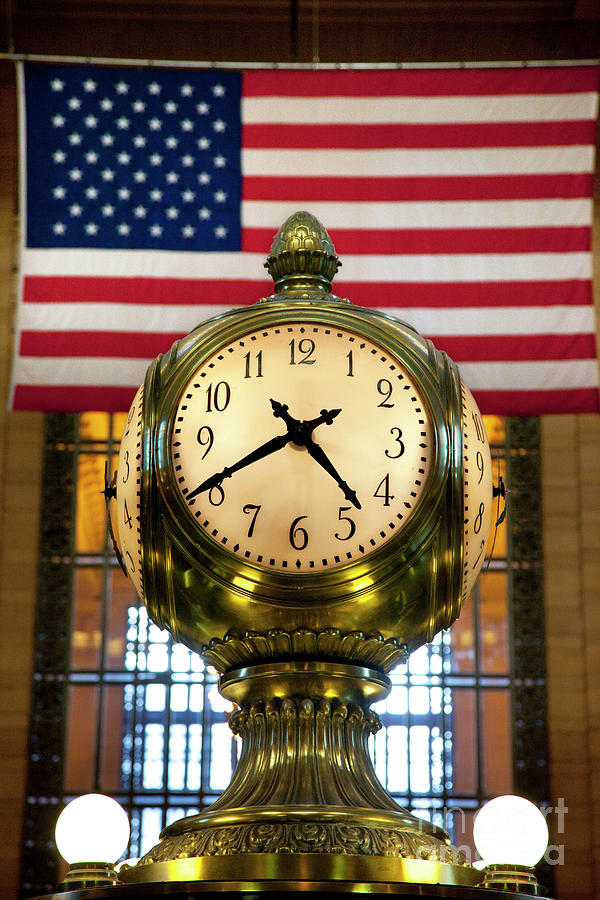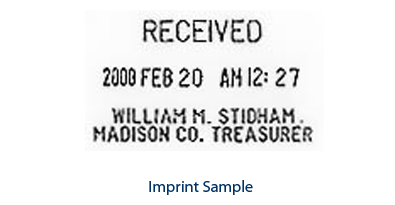

The General Assembly votes to make Central time the official time of the state but permit any community to switch to daylight-saving time during the summer. The only clear consensus that emerges is that most oppose the "double-fast time" that would result from being on Eastern Standard Time and switching to Eastern Daylight Time in the summer. 1956: Central and Eastern go head to headĪ nonbinding, statewide referendum is conducted in 1956, asking general election voters their preference on Eastern versus Central time and whether to use daylight-saving time in the summer months.Ī slim majority favors Central time with no jump to daylight-saving time, but it is clear that Hoosiers are evenly divided on both questions. The law has no enforcement powers and is simply ignored by fast-time communities. In the end, it doesn't matter which side won. The filibuster finally dies out and the bill passes, while outside the chamber, clocks read 3:30 a.m. The clock sticks on 9 as the debate rages on into the night. Herbert Copeland, R-Madison, leans over the gallery railing and forces the official clock back to 9 p.m., breaking it in the process.

Lacking enough votes, the city faction tries to filibuster until time runs out on the session at midnight, but rural champion Rep. When the bill reaches the House, there is mayhem on the floor as legislators representing cities (which generally favor fast time) battle legislators from agricultural areas (where changing the clock at all is considered "unnatural" and "unhealthy for cows"). In 1949, the Indiana Senate quietly passes a bill that would keep the state on Central time and outlaw daylight-saving time. Indiana is officially in the Central time zone, but some communities choose to follow fast time year-round, aligning themselves essentially with the Eastern time zone. 1949: An Indiana time zone bill causes mayhemīy the late 1940s, the use of day-light-saving time - known as fast time - has become popular in cities. 1942-45: Wavering on daylight-saving timeĭuring World War II, daylight-saving time is again invoked by the federal government for conservation purposes, but after the war, the mandate is lifted. The law also introduces "daylight-saving time," a concept first promoted by Benjamin Franklin in 1784 but not put into widespread practice until European countries adopted it during World War I to conserve fuel used for lighting.Ĭongress repeals daylight-saving time in 1919, though some communities continue to follow it. Limited-time offer: Get 3 months of the IndyStar for $5 1917-19: Welcome daylight-saving timeĬongress passes the Standard Time Act, adopting similar time zones and giving authority over the boundaries to the Interstate Commerce Commission.

Newspaper editorial writers express outrage and call for local clocks to remain on "God's time." For Indianapolis, this means that, according to the railroads, noon arrives at 12:16 p.m. In 1883, the major railroads agree to coordinate their clocks and begin operating on "standard time" with four "time zones" established across the nation. "Noon" is when the sun is highest in the sky, and most towns have a prominent clock on the town hall or a church.īut railroad travelers changing trains find that each railroad sets its clocks differently - and those times don't match the town clocks. As of 2023, in the United States, DST is observed from the second Sunday in March until the first Sunday in November.Before the railroads, time is simple. DST is still used today as a means to help conserve energy. Time ZoneĭST (Daylight Saving Time) is a period of time where, in most parts of the world, time gains or loses an hour on a specific date. Below is a listing of time zone abbreviations, time zone descriptions, and the UT difference. Any time zone to the left is -GMT or -UT, and to the right is +GMT or +UT. The GMT or UT is centered in the middle of the time zone as 12:00. GMT (Greenwich Mean Time) or UT (Universal Time) is a method of referencing the time differences across the world. The world is broken into 24 separate time zones that help determine the time in all areas of the world. There are 60 minutes in every hour and 60 seconds in every minute. CivilianĪ minute is represented by numerical values of 00 to 59. Below is a listing of Military time values and their conversions to civilian time. Many Unix, Linux, and other clocks may use military time, which has no AM or PM and uses hours of 1 to 24.
#Central time clock windows
Several digital clocks and computers running Microsoft Windows display civilian time using hours of 1 to 12 and represent the time of day with AM or PM. How does the computer store the time and date?Īn hour may be represented by a numerical value of 1 to 12 or 0100 to 2400.


 0 kommentar(er)
0 kommentar(er)
